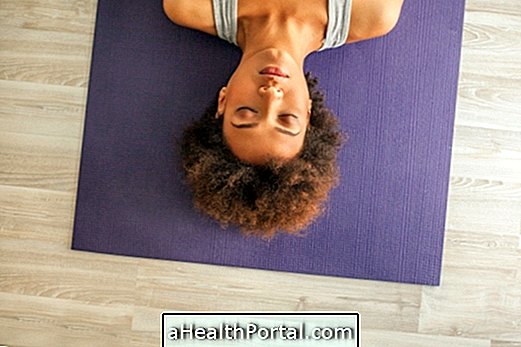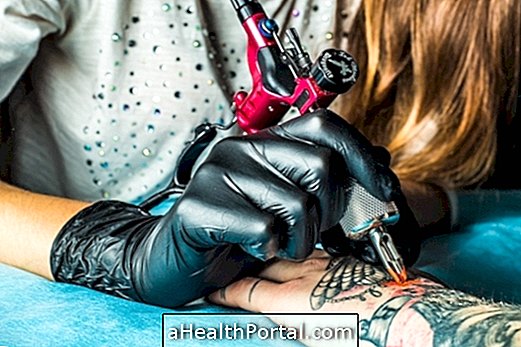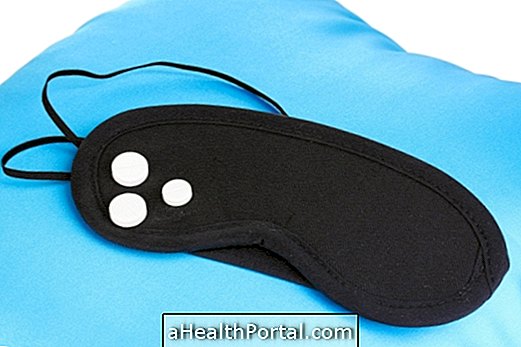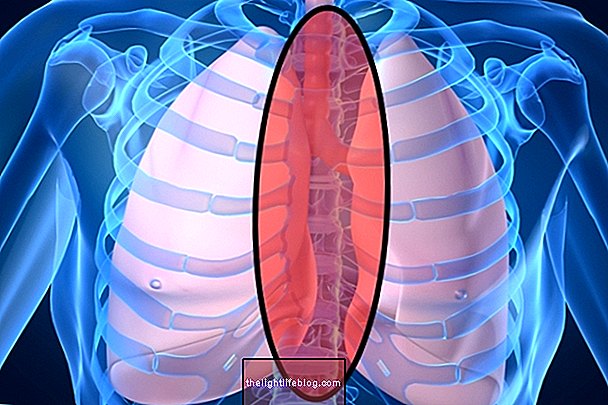Antigynastics is a method developed in the 1970s by the French physiotherapist Thérèse Bertherat, who aims to develop a better awareness of the body, using subtle but rigorous movements that respect all body mechanics and movement of all muscles.
This method can be done at any age, as it respects the limitations of each body, allowing a complete connection between mind and body, while improving amplitude and strength, without forcing body positioning.

For what it serves and benefits
Anti-gynatics is not considered a therapy, nor a type of physical activity, but a method that allows one to develop consciousness about one's own body. With this, it is possible, over time, to obtain some benefits such as:
- Improves muscle tone and mobility;
- Improve breathing range;
- Develop coordination and motor skills;
- Assist in recovery after physical activities;
- Decrease stress and muscle tension.
Often, during anti-ganglia sessions, it is even possible to discover some muscle groups that were not known, gaining the ability to move them voluntarily.
Although most anti-gymnastics exercises focus only on one part of the body, its main function is to prepare this part to function well when it is in connection and functioning with the other parts of the body. A good example is that working the tongue muscles, for example, also helps to strengthen and ensure a correct functioning of the trachea.
How are the anti-slap sessions
Generally, anti-ganglia sessions are done with a small group of people, and are guided by a certified therapist who gives spoken directions or shows pictures in order to explain the exercises. At no time, some position is forced or imposed by the therapist, and the most important thing is that each person feel their own body and trust their limitations, to try to reproduce the exercises in the best possible way.
During the sessions, and to facilitate the exercises, the therapist may recommend the use of rolled towels, seed cushions, wooden sticks or cork balls, which are also referred to as dumb-noses.
How many sessions are needed
The number of sessions should be defined with the therapist, but most often weekly sessions of 1.5 hours or monthly sessions of 2 to 3 hours are used. However, there is also the possibility of doing internships for 2 to 4 days in a row, for example.
What is the best kind of clothes?
There is no specific type of clothing, however, some general recommendations are that clothes should be comfortable and, if possible, some natural material like cotton or there. In addition, it is also advisable to avoid wearing jewelry, watches or other types of accessories as they may limit some movements.


























